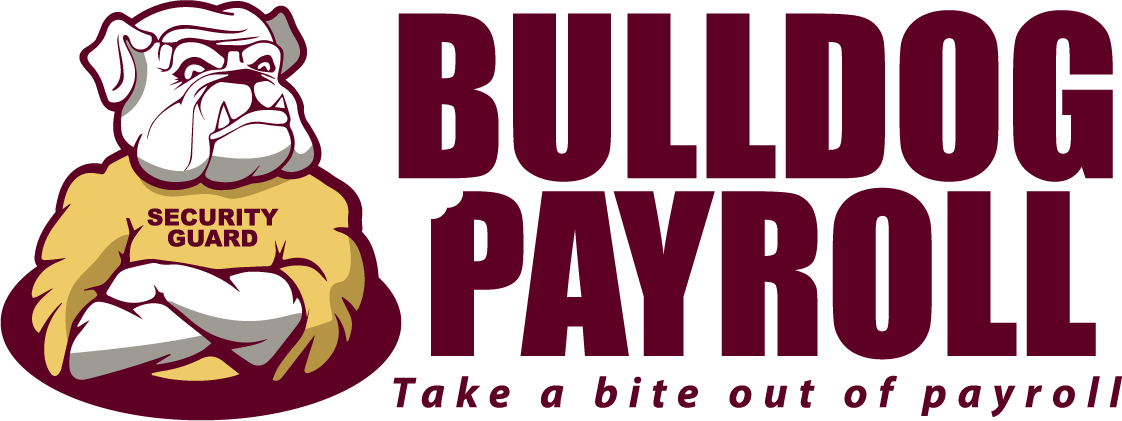Time Tracking Tips and Tricks
Studies suggest that Americans are only productive for three hours out of an eight-hour workday. This is one of the reasons why it's so important that employers accurately track employee hours.
With employees being responsible for tracking and reporting their own time, there are bound to be some errors. Some may even be intentional.
How can employers cut down on these timesheet errors? Keep reading for tracking tips that will help ensure more accurate reporting.
Time Tracking Tips
Labor is one of the biggest expenses for any company. But with so many employees and tasks, it can be difficult to keep track of everyone's time. These tips will help you get a better handle on employee hours.
Simplify the Time Tracking Process
The simpler you can make the time tracking process, the less likely it is that employees will make mistakes. Use an online time tracking system that's easy to use and accessible from any device. Consider using a biometric time clock that captures employee fingerprints or other unique identification. This type of system can't be faked, so you'll always know exactly who was working and when.
Set Clear Expectations
Be sure to set clear expectations with your employees about how you expect them to track their time. Let them know what type of documentation you need and when it's due. Provide regular training on the time tracking system you're using.
Let your employees know what kind of personal matters can be handled at work and what's not allowed. Set clear break times and let your employees know when they're expected to be back from lunch.
If tracking employee hours is new to your business, be sure to give employees a grace period to get used to the system. Explain that you're tracking time to improve productivity and let them know that you're open to feedback on the process.
Track Projects, Not Just Hours
In some cases, it may make more sense to track employee hours by project instead of by the day. This is especially true if you have employees who work on multiple projects throughout the day. By tracking employee hours by project, you can get a better sense of which projects are taking up the most time – and where you may need to make changes.
Monitor Overtime Hours
Be sure to closely monitor overtime hours worked by your employees. If you see that an employee is always working overtime, you may need to reassign some of their tasks or hire additional staff. Working too much overtime can lead to burnout, so it's important to keep an eye on it.
Review Timesheets Regularly
Don't wait until the end of the pay period to review timesheets. Check them at random intervals to identify and correct any mistakes. This will also help you catch any potential fraud. Do this at least once a week, if not more often.
Audit Employee Hours
Periodically audit employee hours to ensure accuracy. Compare time cards to schedules, projects, and task lists. If there are any discrepancies, talk to the employees involved to get an explanation right away, while the time period is still fresh in memory.
Make Use of Technology
Technology can be a big help when it comes to tracking employee hours. Use
project management software to track assignments and due dates. Set up alerts so you're notified whenever an employee logs in or out of the system, and consider using GPS tracking for employees who work off-site.
Is payroll a thorn in your side? Let us handle all the stress related to payroll so you don't have to...
Use Data to Your Advantage
Once you start tracking employee hours, you'll have a wealth of data at your fingertips. Use this data to identify patterns and trends in employee behavior. Look for ways to improve efficiency and address any issues that arise.
With your time tracking data, you can also create more accurate budgets and project timelines. You'll be able to see how much labor you need for new projects and any areas in your business where you're overstaffed. This information can be valuable in helping you run your business more effectively.
How to Track Time for Payroll
There are a few different ways to track employee hours for payroll. The most important thing is to
find a system
that's accurate and easy to use.
One option is to use an online time tracking system. It's a good idea to look for one that combines several features like payroll and workers' compensation along with tracking time. The best time trackers will also be able to update you on things like who's working in real-time, what they're working on, and how long they've been working.
Another option is to use a time clock. This can be either an electronic device or a physical punch card system. Time clocks are most often used in businesses with a lot of employees, as they can make it easier to keep track of everyone's hours.
There's also the option of using a paper timesheet. With this method, employees fill out their hours worked each day and turn in the sheet at the end of the pay period. You'll then need to manually enter the information into your payroll system. This method lends itself to human errors and can be time-consuming, so weigh these disadvantages when choosing your time tracking system.
Time Tracking for Payroll
Time tracking is one of the most important parts of payroll. By tracking employee hours, you can ensure that everyone is being paid correctly and that no one is working too many hours. This can help prevent burnout and improve efficiency in your business.
Go further than implementing these time tracking tips by working with experienced professionals. Schedule a consultation with us today and let us show you how our payroll system can help you save time and money.
Are you looking for more payroll processing information? Check out our
Ultimate Guide to Payroll Processing.
Is payroll a thorn in your side? Let us handle all the stress related to payroll so you don't have to...










